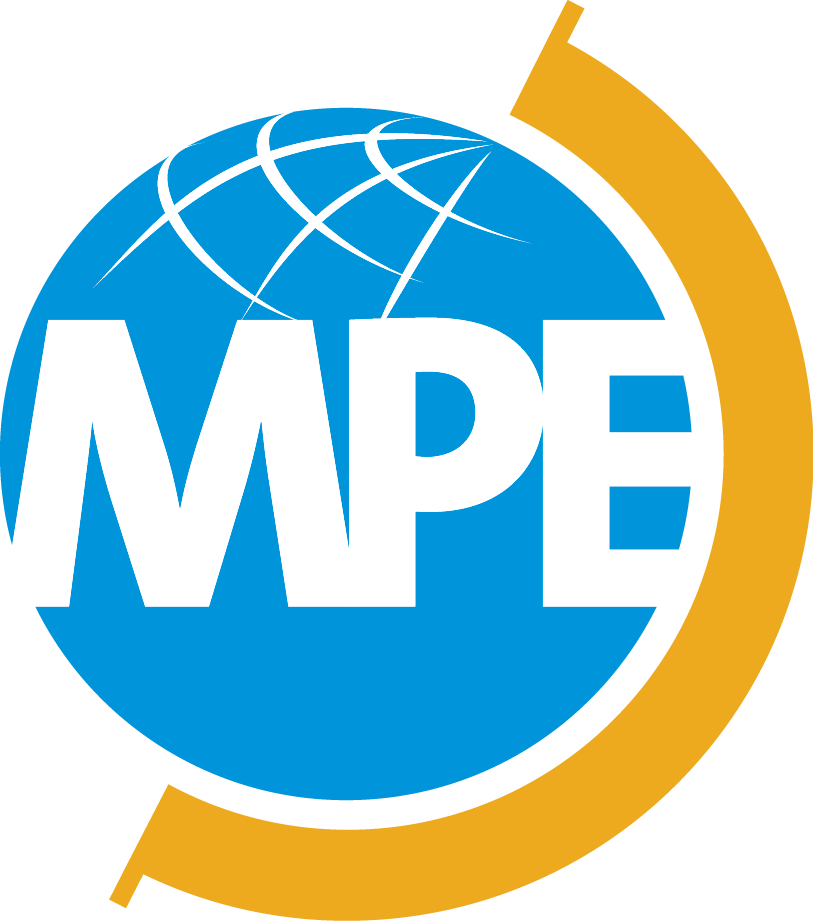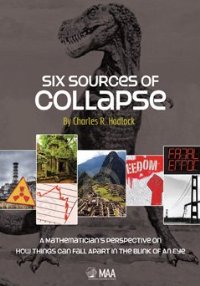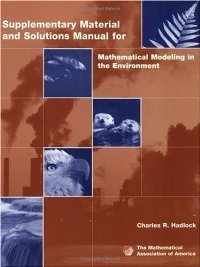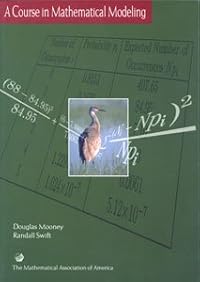- About MAA
- Membership
- MAA Publications
- Periodicals
- Blogs
- MAA Book Series
- MAA Press (an imprint of the AMS)
- MAA Notes
- MAA Reviews
- Mathematical Communication
- Information for Libraries
- Author Resources
- Advertise with MAA
- Meetings
- Competitions
- Programs
- Communities
- MAA Sections
- SIGMAA
- MAA Connect
- Students
- MAA Awards
- Awards Booklets
- Writing Awards
- Teaching Awards
- Service Awards
- Research Awards
- Lecture Awards
- Putnam Competition Individual and Team Winners
- D. E. Shaw Group AMC 8 Awards & Certificates
- Maryam Mirzakhani AMC 10 A Awards & Certificates
- Two Sigma AMC 10 B Awards & Certificates
- Jane Street AMC 12 A Awards & Certificates
- Akamai AMC 12 B Awards & Certificates
- High School Teachers
- News
You are here
Mathematics of Planet Earth
 Christiane Rousseau had a dream. As the 21st century neared its second decade, the past president of the Canadian Mathematical Society dreamed of uniting the world’s mathematicians in an effort to bring their science to bear on pressing global challenges.
Christiane Rousseau had a dream. As the 21st century neared its second decade, the past president of the Canadian Mathematical Society dreamed of uniting the world’s mathematicians in an effort to bring their science to bear on pressing global challenges.
And Rousseau’s dream had legs. Within weeks of her floating the idea, North American research institutes had come onboard, and soon the initiative had attracted attention across the pond. The International Mathematical Union (IMU) and the International Council for Industrial and Applied Mathematics (ICIAM) joined the American Mathematical Society (AMS) and the Society for Industrial and Applied Mathematics (SIAM) in supporting what had become known as Mathematics of Planet Earth 2013 (MPE 2013).
By the time MPE Day came to UNESCO’s Paris headquarters on March 5, 2013, so many scientific institutes, learned societies, international organizations, and associations of teachers—more than 100, all told—had signed on as partners that there was no denying it: MPE 2013 had momentum.
Australia hosted an MPE 2013 conference, the United Kingdom’s University of Reading and Imperial College hatched plans for a Doctoral Training Centre in Mathematics of the Planet Earth, and a special issue of the French-language mathematical magazine Accromath was distributed in 14 African countries. Two MPE 2013 blogs—one in English and one in French—treated an online audience to near-daily posts, educating readers about the mathematics behind biological invasions, earth’s climate during the Jurassic, and the carbon footprint of textbooks.
For its part, MAA staged related events throughout the year. At the “Math for a Sustainable Future” workshop at MAA headquarters in March, 25 mathematicians, scientists, and sustainability experts seeded what has grown into an online library of teaching activities that marry math and problems of environmental concern.
MAA bookended Mathematics Awareness Month 2013 (April)—the theme of which was the mathematics of sustainability—with two lectures treating MPE 2013 topics and offered several relevant PREP workshops. Minicourses and invited paper sessions at the summer MAA MathFest 2013 covered such subjects as geophysical modeling and mathematical expeditions in polar science. In November, the association published a special MPE issue of the College Mathematics Journal (for more information, read the press release or either of two teasers) and made an article from Math Horizons—"Monte Carlo Methods in Climate Science"—freely available.
Shippensburg University math professor Ben Galluzzo, who was instrumental in many of MAA’s MPE 2013 activities, sees in his classroom indications that the movement will continue. “The fact that students find problems tied to sustainability issues authentic and relevant to their lives gives me reason to believe that MPE 2013 is not anywhere close to ending,” he says.
Pushing Efforts to Snowball
And Galluzzo is right. Like the environmental problems it aims to illuminate and alleviate, the MPE initiative will persist beyond 2013, as a December 11 press release explains. A program dubbed Mathematics of Planet Earth, organized under the auspices of the Center for Discrete Mathematics and Theoretical Computer Science (DIMACS), aims to involve mathematical scientists in sustaining MPE activities and in laying the groundwork for a long-term search for solutions.
Not surprisingly, given its focus on sustainability, MPE comprises activities that encourage existing efforts to snowball. Here’s what’s planned at the moment:
-
Five research workshops will map out research challenges.
-
As part of a broader push to engage the mathematical scientists of tomorrow, an education workshop will identify ways to integrate themes that arise from the research workshops into undergraduate and graduate curricula.
-
A website and associated publicity materials will inform a more general audience about the role of the mathematical sciences in understanding and dealing with shared challenges.
Asked by Thomas Vogt of the German Mathematical Society to evaluate the extent to which her MPE 2013 dream had come to fruition, Christiane Rousseau replied: “It is clear that the idea of MPE 2013 has worked out far beyond what I could have hoped. I like to say that, when you give birth to a child, after a while you do not control him/her, and he/she makes his/her own way. This is what has happened with MPE 2013.”
Relevant MAA Books
 |
Six Sources of Collapse: A Mathematician's Perspective on How Things Can Fall Apart in the Blink of an Eye by Charles Hadlock Spectrum Series, 207 pp., Hardcover, 2012 Print edition ISBN: 978-0-88385-579-9 Electronic edition ISBN: 978-1-61444-514-2 Member Price: $40.00 | Buy in MAA Store
Beginning with the dramatic disappearance of the passenger pigeon in the 19th century, Hadlock surveys collapses that range from extreme weather events and evolutionary processes to technological disasters and crashing companies and markets. He argues that one or more of just six fundamental types of dynamics underlie all of these drastic changes, and that mathematics offers the key to understanding them. Charles Hadlock's engaging book provides a mathematical framework for understanding all varieties of collapse - that of civilizations caused by environmental factors or destructive wars, companies caused by competition or poor management, and humans infected by contagious diseases. It inspires one to think about the reasons for collapse (Hadlock suggests six sources), and their mathematical basis, thereby providing guidance to the development of detailed, more specific models.-Steven Brams, Professor of Politics, New York University |
 |
Mathematical Modeling in the Environment by Charles Hadlock MAA Textbooks, 312 pp., Paperbound, 1998 ISBN: 978-0-88385-709-0 Member Price: $52.95 | Buy in MAA Store
Based on the author's environmental and risk consulting experience with the firm of Arthur D. Little Inc., this book takes three key environmental issues and shows how mathematical modeling is used routinely in the real world to investigate them. These three issues are groundwater contamination, air pollution, and hazardous materials accidents. There is an elementary and an advanced chapter on each of these topics, readily separable to allow this book to be used with different audiences. The book is heavily illustrated, and the problems reflect the kinds of issues encountered in practice. There is a highly interdisciplinary tone throughout with necessary background introduced as needed. |
|
|
Supplementary Material & Solutions Manual for Mathematical Modeling in the Environment 150 pp., Paperbound, 1998 ISBN: 978-0-88385-713-7 Member Price: $16.95 | Buy in MAA Store
|
|
A Course in Mathematical Modeling by Douglas Mooney and Randall Swift MAA Textbooks, 500 pp., Paperbound, 1999 ISBN: 978-0-88385-712-0 Member Price: $52.95 | Buy in MAA Store This book is intended as a text for a modeling course accessible to students who have mastered a one-year course in calculus. Mooney and Swift present a unique approach to modeling. It balances theoretical versus empirical models, analytic models versus simulation, deterministic versus stochastic models, and discrete versus continuous models. Examples are drawn from real-world data or from models that have been used in various applied fields. |
|
 |
Environmental Mathematics in the Classroom, B. A. Fusaro and P. C. Kenschaft, Editors. Classroom Resource Materials, 268 pp., Paperbound, 2003 ISBN: 978-0-88385-714-4 Member Price: $46.00 | Buy in MAA Store This collection of articles highlights the role of mathematics in solving and illuminating pressing environmental challenges. It does so at an elementary level, demonstrating a wide variety of significant environmental applications that can be explored without resorting to calculus. Topics include ground-level ozone, pollution and water use, preservation of whales, mathematical economics, the movement of clouds over a mountain range, population models, the spread of infections, the survival of buffalo after the 19th century slaughter, groundwater dissipation, and the cleaning up of oil spills. |
News Date:
Tuesday, May 28, 2013
Category:






